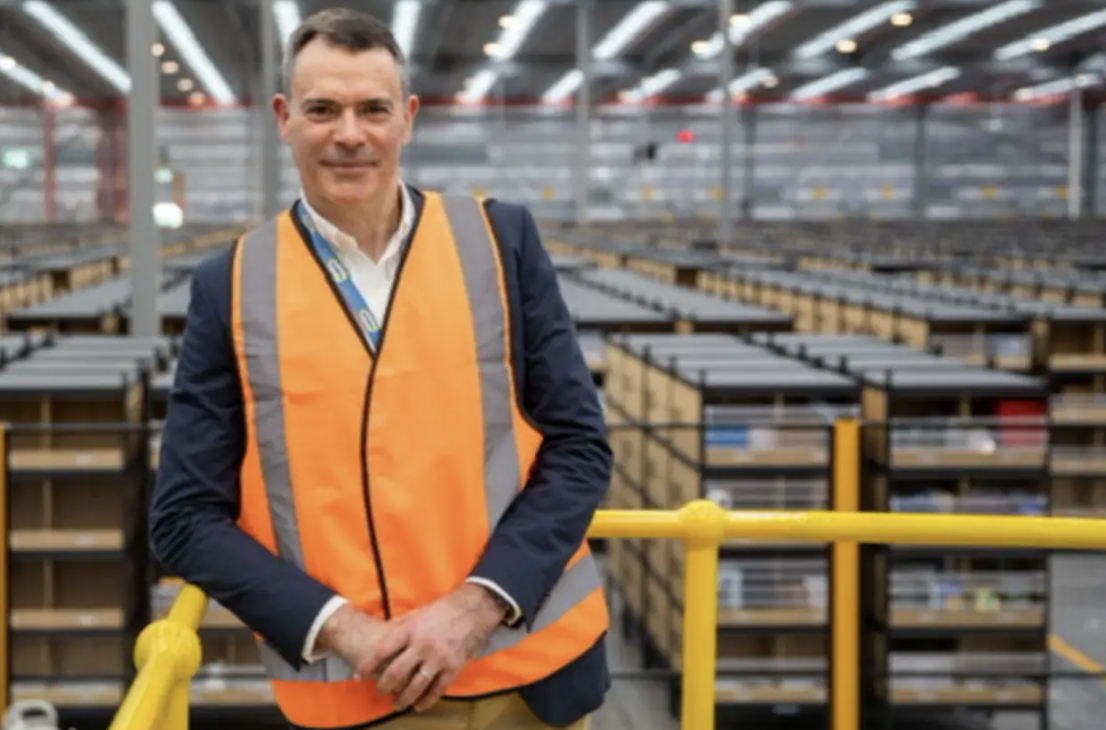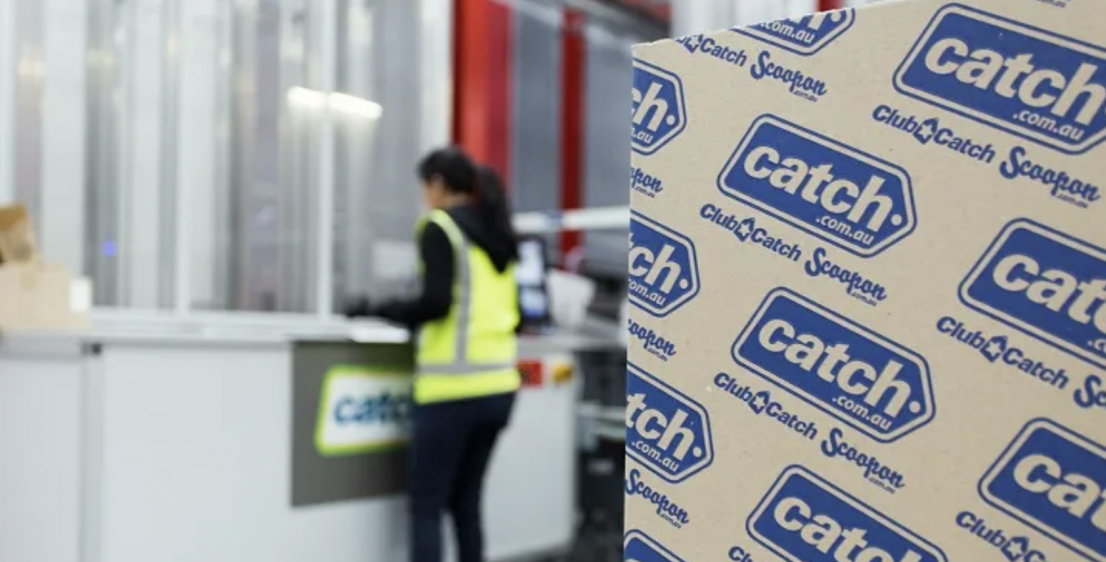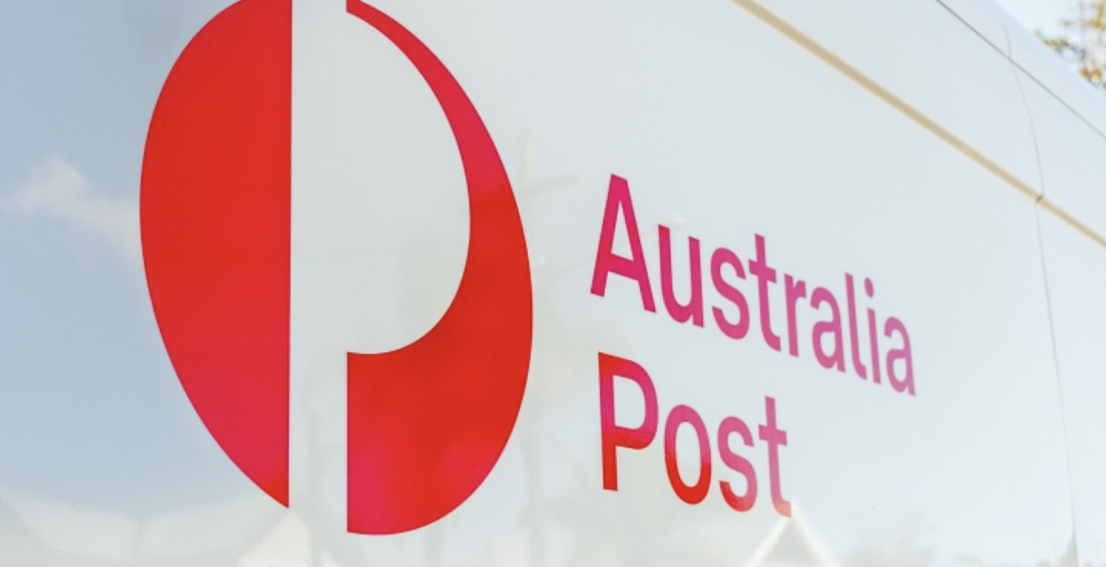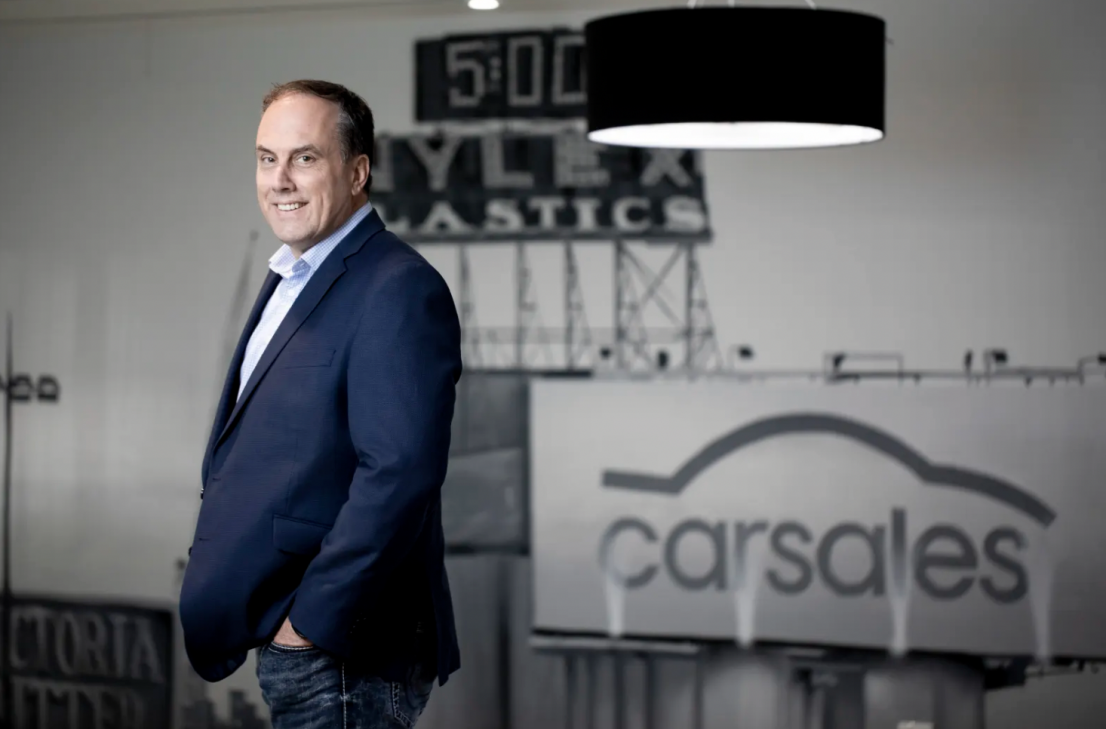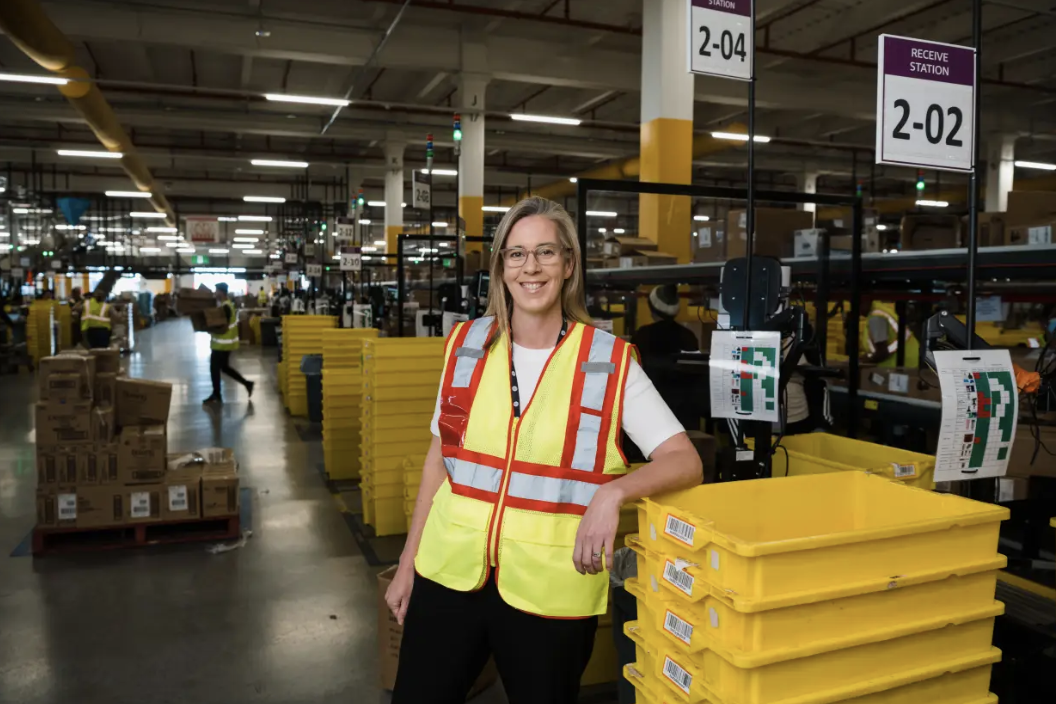
Online marketplace giant Amazon Australia has launched free next-day delivery for Prime members living in Sydney and Melbourne, but has kept its membership fee steady as it seeks to lure more shoppers to its platform.
Amazon made a $500 million investment in its recently opened robotic fulfilment centre in Sydney’s west that spans 200,000 square metres, helping it to meet this next-day delivery milestone.
From the Kemps Creek site, products can reach 80 per cent of the population within a 12-hour drive.
Prime members within the majority of postcodes of the two cities will get free one-day delivery on eligible items, with no minimum spend. This is all about acquiring more customers as quickly as possible as rivals Wesfarmers and Woolworths ramp up their marketplaces.
Australian consumers are demanding what markets such as the US and Britain already have: good prices and fast delivery. But it is not easy, given Australia’s low-density population and costly last-mile delivery.
Amazon Australia country manager Janet Menzies said customers’ feedback was that next-day delivery was “a really important breakpoint”, and hinted that she would like eventually to offer same-day delivery.
“We’re really confident that our customers will respond positively to next-day delivery. For us, it’s all about the value of Prime – it just needs to be great. And I think people expect fast delivery,” she told The Australian Financial Review.
“Never say no, never say no [to aiming for same-day delivery]. But you need the fulfillment network that can set that up.”
Lower membership cost
Ms Menzies said she would look to extend Prime’s next-day delivery offer beyond the major metros in coming months.
It is estimated there are now more than 2 million Prime members in Australia, just a fraction of its global 200 million-plus members, who get access to exclusive shopping events such as the recent Prime Day and to streaming services.
Roughly 20 per cent of the British population has Prime and 45 per cent of the US population are members.
Amazon reached about $3 billion gross transaction value (GTV) in the 2021 calendar year, which includes third-party sales. MST Marquee head of consumer research Craig Woolford estimates that if Amazon achieves its US or British penetration in Australia, it will have $27 billion to $40 billion in GTV.
Prime in Australia costs $6.99 a month, significantly below the US rate of $US14.99. Amazon earlier this year lifted the membership fee in the US and most European markets as it battles higher costs, but has yet to do so in Australia as it builds out its offer.
Amazon has been criticised previously for not having top brands. Last year it signed up Apple.
Ms Menzies said Amazon continued to scout the latest brands and aimed to beat out rivals and get them on the site fast.
She said Amazon could offer customers top delivery speed because it built six fulfilment centres and delivery stations close to where customers lived and worked.
Amazon Flex (self-employed delivery drivers) would continue to grow, and Amazon would keep working with third-party delivery partners, she said.
Amazon also implemented delivery to more than 500 lockers and 400 counters – such as convenience stores and petrol stations – where customers choose where their order is delivered as part of its last-mile delivery offer.
Mr Woolford said Amazon would need to expand its same-day delivery service before lifting the Prime fee, and to achieve this it needed three to four times the delivery capacity it had today.
Amazon would disrupt local retailers over the next decade, he added, and questions remained over whether rivals Wesfarmers and Woolworths could lock in customers before Amazon’s encroachment.
“More importantly, how much cost and capital will they outlay? We are concerned the investment will be bigger than most investors expect,” he said.





